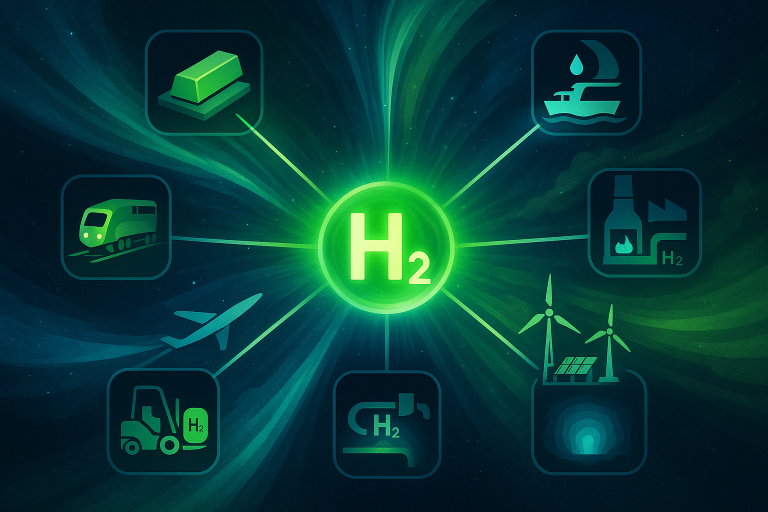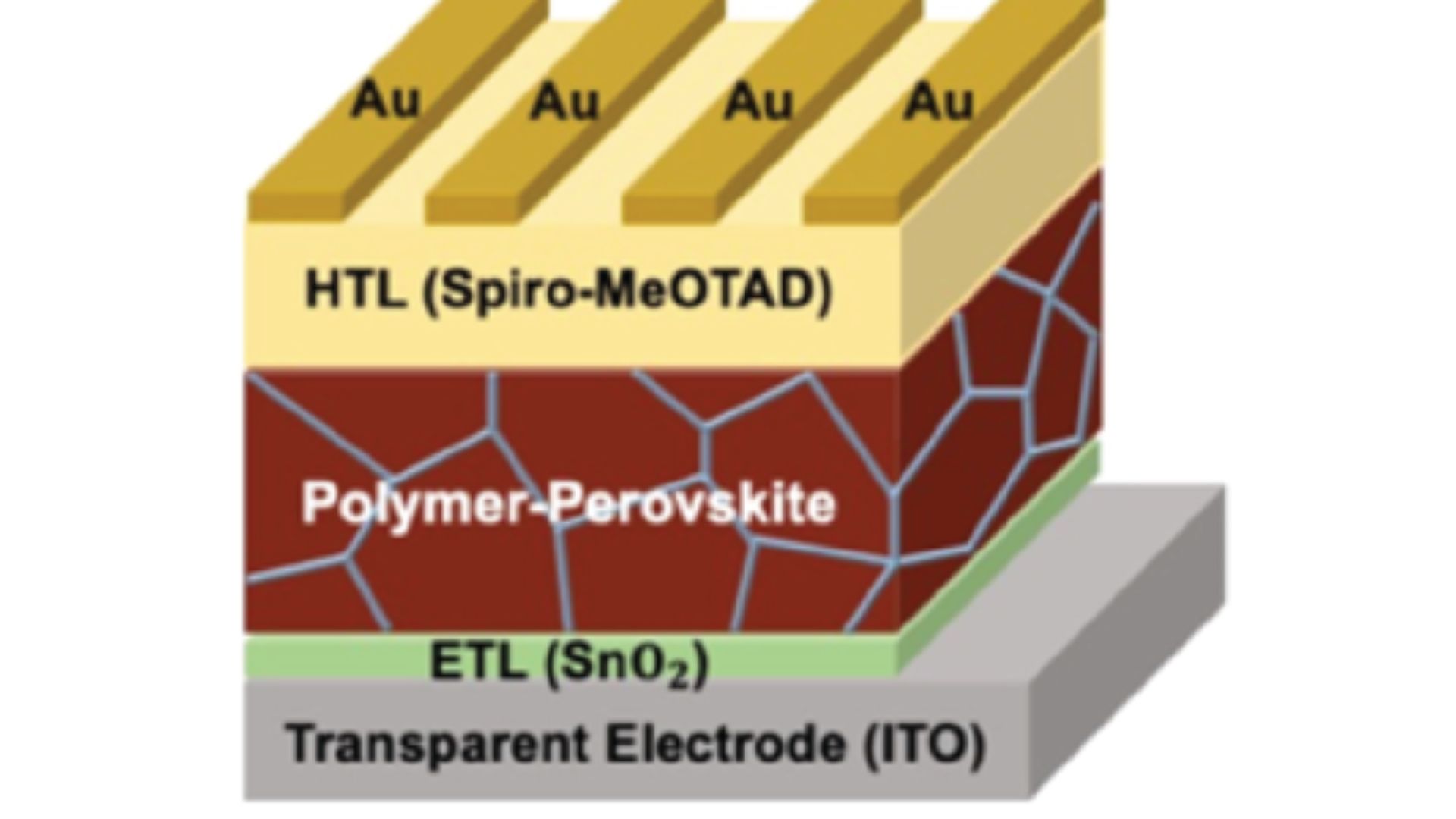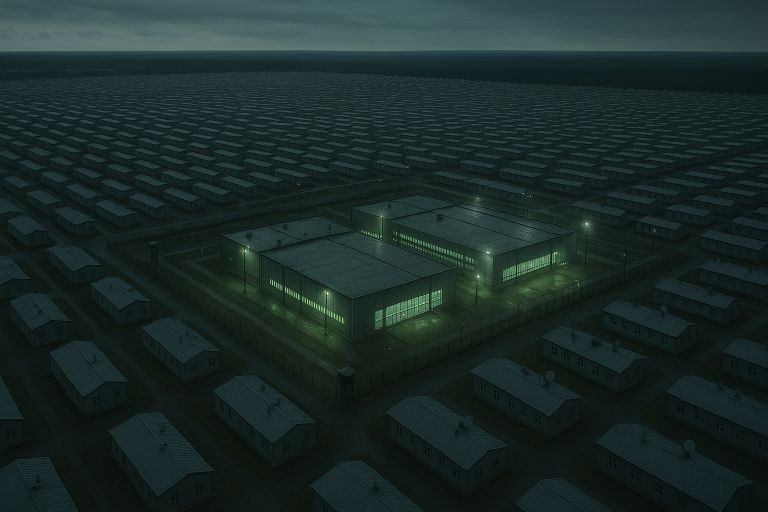GlobalData Report Reveals Major Growth in Green Hydrogen Market Driven by Investment and Capital Raising
GlobalData, a leading data and analytics company, recently released a report on the hydrogen market, which revealed that the production capacity of global green hydrogen increased by 44% in 2022, reaching over 109 kilo tons per annum (ktpa). This means that more hydrogen is being produced using renewable energy sources and is therefore considered “green” or “low-carbon.” Green hydrogen is an important part of the energy transition, which refers to the shift away from fossil fuels towards cleaner, renewable energy sources. This is necessary to meet decarbonization targets, which are goals set by governments and organizations to reduce the amount of greenhouse gases emitted into the atmosphere.
Investment and capital raising were key factors in the growth of the hydrogen economy in 2022, as more money was poured into the industry to fund research, development, and infrastructure. The value of mergers and acquisitions (M&A) transactions in the hydrogen sector reached $24.4 billion in 2022, which is a 288% increase from 2021 levels. Venture finance deals also increased in value, from $595.23 million to over $3,001.1 million. These investments have helped to drive the growth of the hydrogen economy and support the development of new technologies and projects.
In 2022, several countries announced significant increases in their low-carbon hydrogen production capacity. Canada, Denmark, Egypt, Portugal, and the United States were among the countries that announced over 111.9 million tons per annum (mtpa) of new capacity. Green Hydrogen International (GHI), a Canadian-based company, unveiled two large green hydrogen projects with a capacity of 43 mtpa each, which are set to begin production in 2030.
The report also identifies some of the global leaders in the low-carbon hydrogen industry, including GHI, the Suez Canal Economic Zone, the New and Renewable Energy Authority, the Sovereign Fund of Egypt, and the Egyptian Electricity Transmission Co. These organizations have a total capacity of 56.3 mtpa. One of the key technologies used to produce low-carbon hydrogen is electrolysis, which uses an electric current to split water into hydrogen and oxygen. The report notes that there is currently an electrolysis capacity of over 1,065 gigawatts (GW) in the pipeline, which will support the growth of low-carbon hydrogen production. Some of the companies involved in this effort include Hydrogenics, Nel ASA, ThyssenKrupp, ITM Power, HydrogenPro, Enapter, and Fitting Power.

One of the main drivers of the growth in the hydrogen market has been the increased focus on decarbonization by governments and organizations around the world. As concerns over climate change and the need to reduce greenhouse gas emissions have grown, many countries have set ambitious targets for reducing carbon emissions. For example, the European Union has set a target to reduce greenhouse gas emissions by at least 55% by 2030 compared to 1990 levels, and to become carbon neutral by 2050. To achieve these targets, the use of renewable energy sources, such as hydrogen, will be crucial.
Finally, the report highlights some of the companies that have emerged as leaders in the engineering, procurement, and construction (EPC) industry for eco-friendly projects. These companies include Globeleq Africa, Linde, John Wood Group, ThyssenKrupp, H2-Industries, Alcazar Energy, and Samsung Engineering. They are involved in building the infrastructure needed to support low-carbon hydrogen production, such as electrolysis plants and hydrogen fueling stations.







